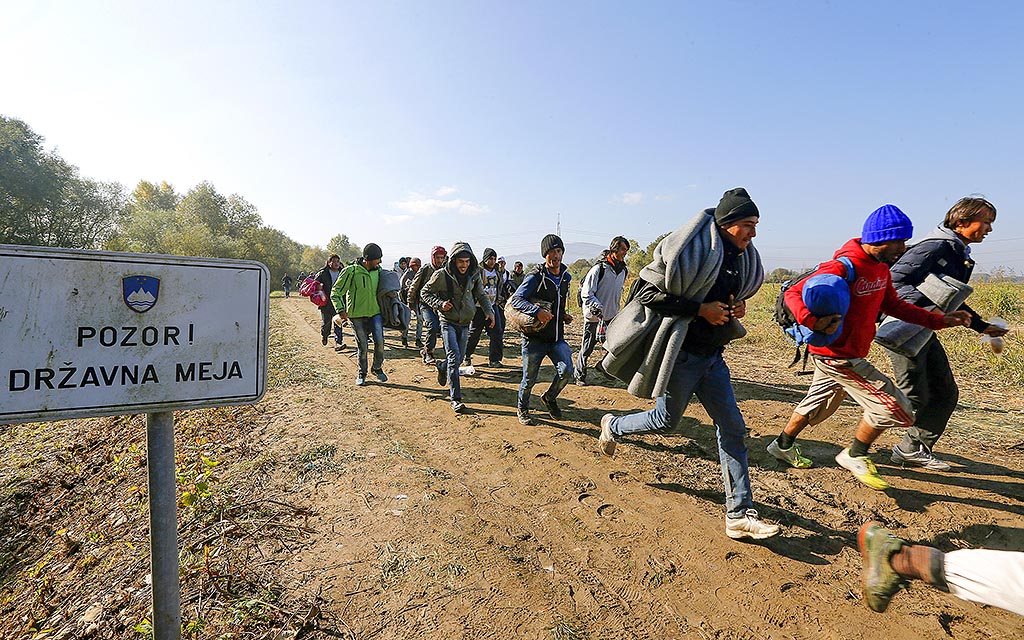Most of the migrants arrive in Serbia, from where they attempt to enter Europe illegally. They are no longer just trying to cross the border without documents, but are also resorting to theft, aggression, petty crime and armed armed showdowns.
Illegal immigrants are constantly arriving in Europe via the Balkans, and their numbers are increasing every year. More than 192 thousands migrants were registered in the Western Balkans in 2022 according to official figures. This is 60 per cent higher than the previous year. Most of the newcomers, almost 63 per cent, are registered in Serbia. According to the International Organisation for Migration (IOM), more than 120,000 illegal immigrants were registered there alone, followed by Bosnia and Herzegovina with 27,429, Northern Macedonia with 22,379, Albania with 12,216, Montenegro with 8,318 and Kosovo with 1,041.
If we look at the annual distribution, it is clear that there have been periods when the number of migrants in the region doubled from one year to the next. Official figures suggest that 44,646 people arrived in the Balkans in 2018, which increased to 80,323 in 2019. The coronavirus and pandemic slowed the growth slightly in 2020, but the number of illegals still rose to over 100,000, and continued to increase to over 120,000 by 2021. Last year, however, brought another steep rise. 192,266 immigrants were registered on this route according to official figures.
Their number, however, can be even higher, as not all of them go to a reception centre. There are many who choose forests and unmonitored areas instead, to avoid the attention of the authorities.
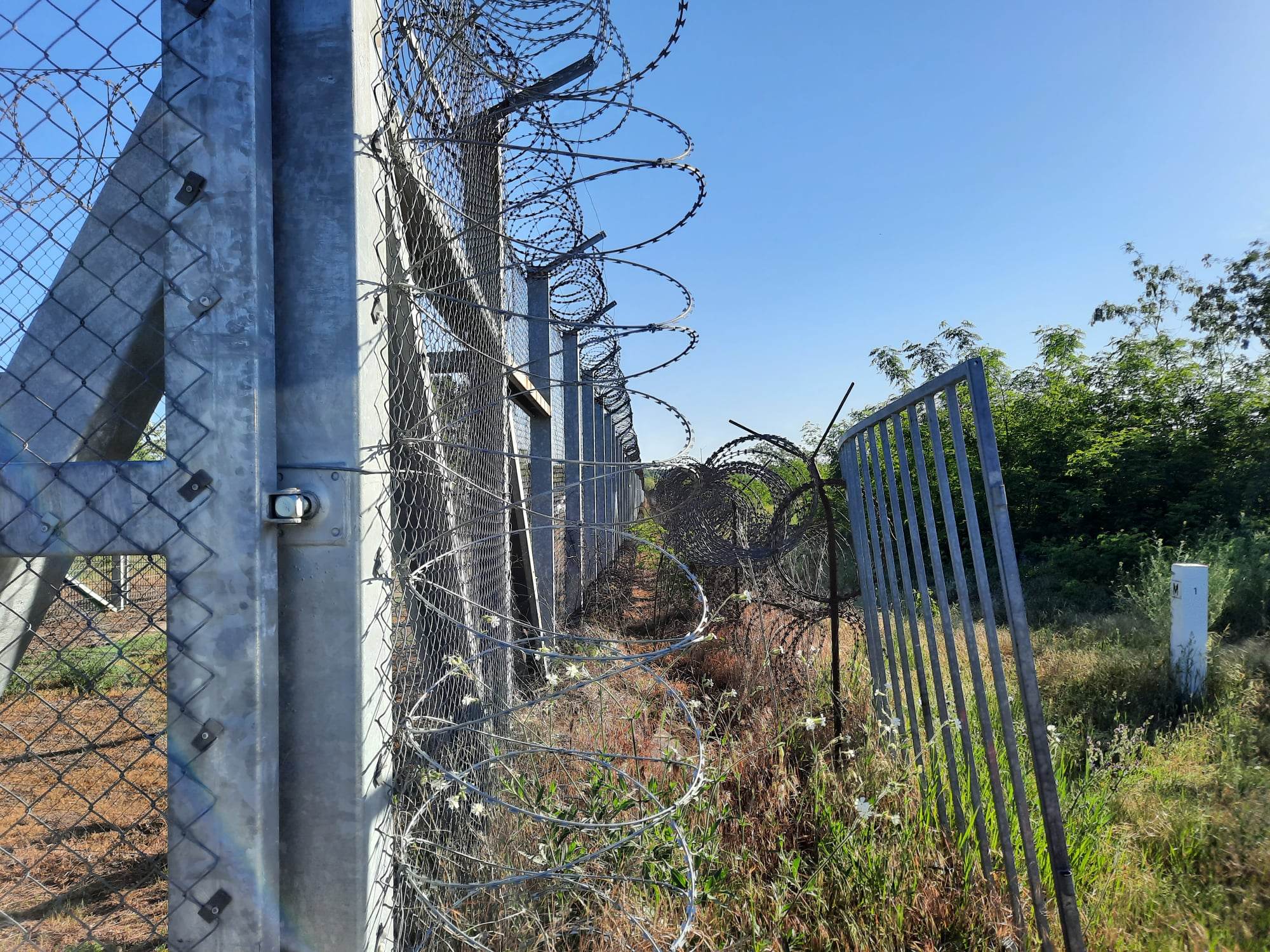
Photo: V4NA
Far more would manage to enter the EU without Hungary’s border fence
Frontex, the European Border and Coast Guard Agency, also admits that the Western Balkan route is one of the main migratory paths into Europe. Following the record number of arrivals in the European Union in 2015, the number of irregular migrants choosing this route fell steadily for a few years but started to pick up again from 2019 onwards, the agency writes. According to Frontex, the majority of illegal border crossing attempts can be linked to migrants who have been stopped and have been waiting in the Western Balkans for some time. They are the ones who cannot continue due to the strict Hungarian border guards and the fence.
Migrants repeatedly attempt to enter the Western Balkans across the southern common borders with Greece and Bulgaria before heading north towards Serbia, Montenegro or Bosnia to reach the Schengen area. Many times, they are helped by people smugglers, who charge several thousand euros for their criminal activity.
Seige at Roszke, among other deeds
In the past years, several serious crimes have been linked to migrants in the Balkan peninsula. One such incident was a battle at Roszke, when illegal migrants arriving from Serbia’s direction attacked on-duty Hungarian police officers at the border, pelting Hungarian law enforcement with stones, rubble and bottles. Many officers were injured, some even had to be taken to hospital for medical treatment.
2017 also saw several crimes committed by illegal migrants on the Balkan route. In Subotica, they stole a young girl’s mobile phone while she was waiting for her friend in front of a local health care centre. Press reports then said that it was only a matter of luck that no one was injured, as one of the Algerian assailants was carrying a knife.
In the first years of the migration crisis, law enforcement authorities had to intervene mainly in people smuggling cases in the Balkans. By 2019, Croatian prisons were full of people smugglers who had been detained for aiding illegal border crossings, the press reported at the time.
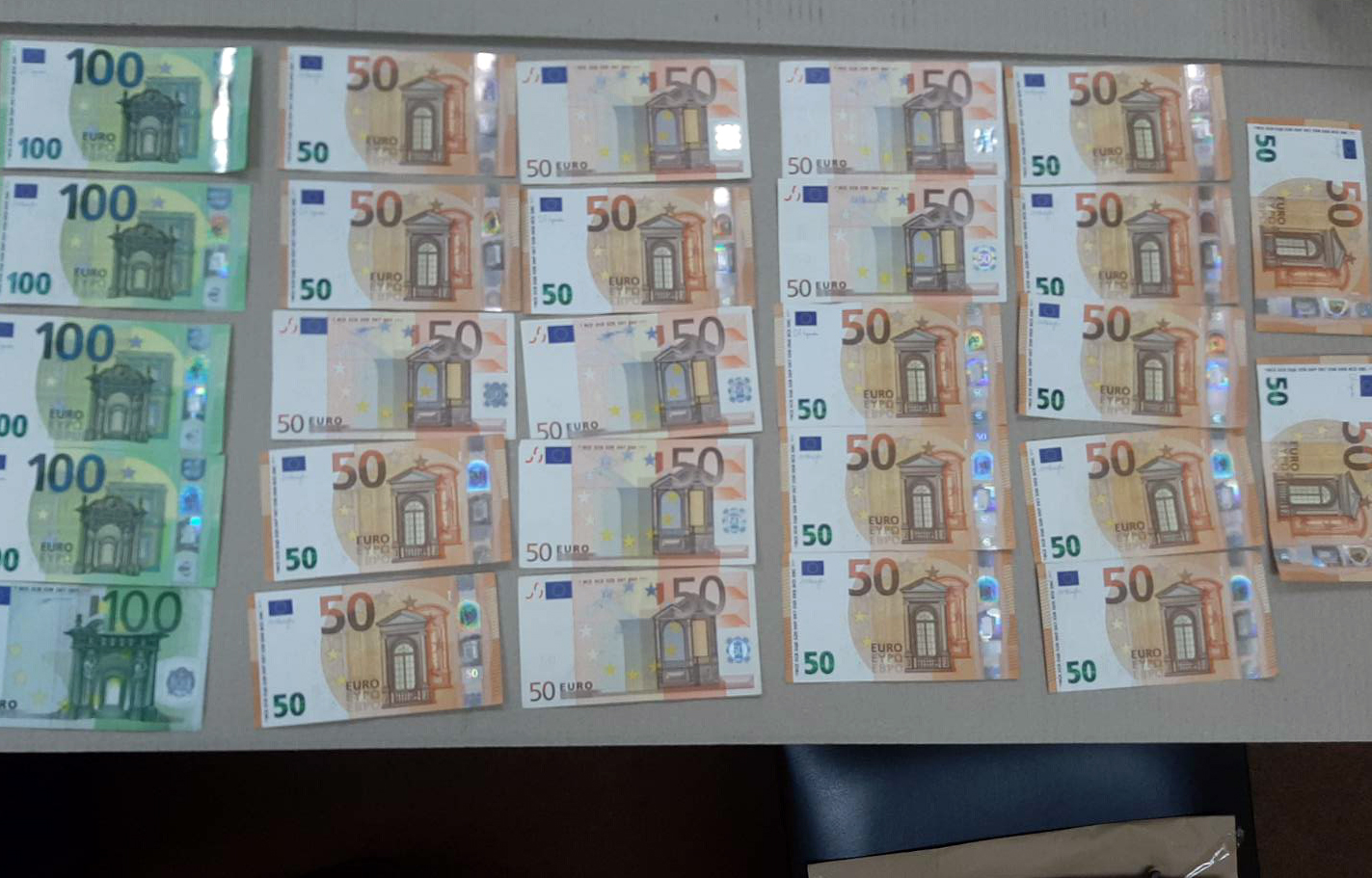
Photo: Interior Ministry
In 2021, the Serbian press reported that the people smuggling trade was booming in the Western Balkans. According to an article in Danas, the estimated turnover on the market may be up to 50 million euros a year. However, this figure is likely to have increased since then, as the number of migrants using the route has also increased. Serbia is also a popular transit country for asylum seekers and migrants because it borders four EU countries – Croatia, Hungary, Romania and Bulgaria.
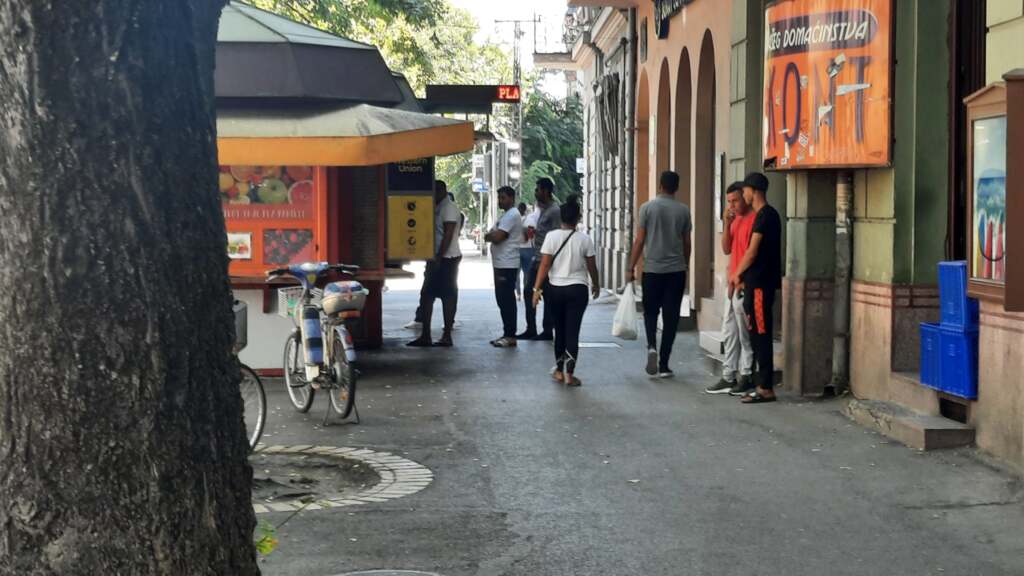
Photo: V4NA archive
People living in towns on the outside of the European Union’s borders have been suffering because of the migrants for years. Last year, they complained to V4NA that migrants swarming in the area had been stealing crops, trampling orchards, damaging buildings and moving into abandoned houses. A resident of Backi Vinogradi (Kiralyhalom), Serbia told our news agency that they often wake up not to the crowing of cocks but to the sound of gunshots.
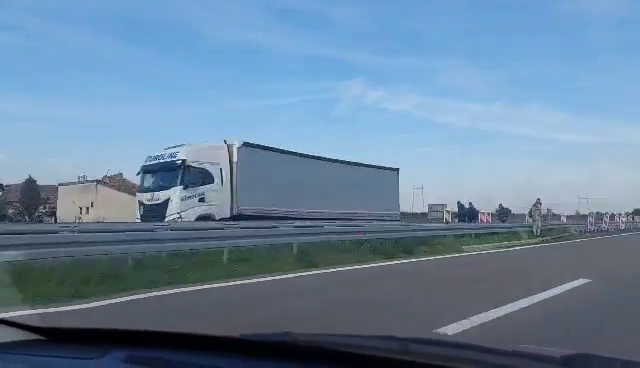
Photo: V4NA
Only a few people in the once peaceful village dared to let their children go to school alone, and they had to lock their doors. We also received reports of migrants breaking into houses, prising up the floorboards and setting them on fire. They even stole electricity from deserted houses or went into homes and stole the food from the fridge.
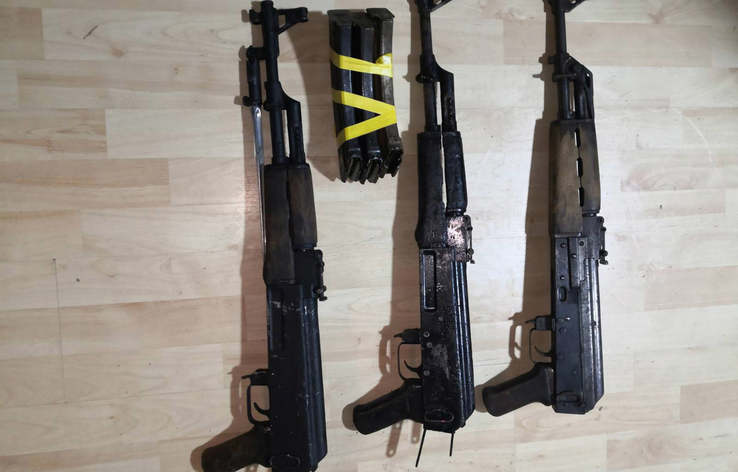
Photo: Serbian Interior Ministry
Gun violence followed
One of the most serious cases, which also necessitated action by the Serbian authorities, took place last summer. According to official data, one person died and another seven were seriously injured in the showdown only known as the Makkhetes shootout. The incident saw migrant gangs clash with each other in the outskirts of Subotica, near the Serbia-Hungary border. The forested areas had been controlled for months by illegal migrants, who attacked each other at dawn on 2 July 2022. The locals noticed the gunfire and alerted the authorities. The police and the gendarmerie deployed several units and cordoned off the entire area.
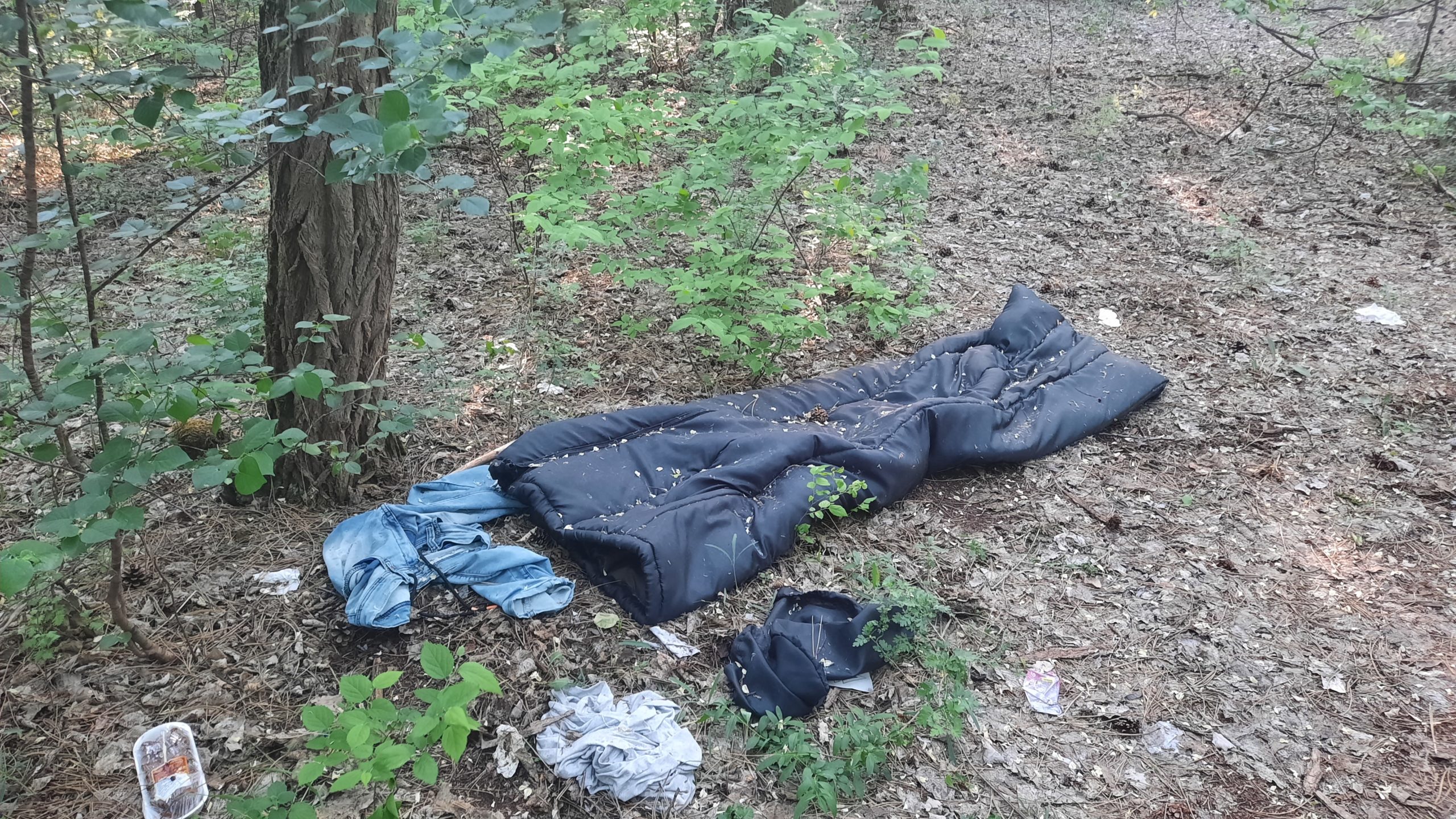
Photo: V4NA
The area was loud with ambulance sirens all morning. The emergency ward of the hospital in Subotica treated gunshot wounds, and a 16-year-old girl was brought back from a life-threatening condition. Although the authorities say that the incident left only one person dead, there are rumours among locals that dozens may have been killed in the massacre in the dark forest.
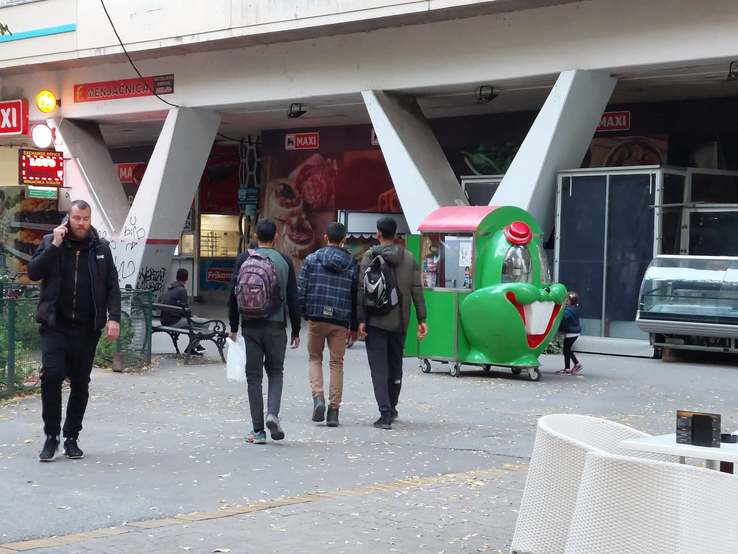
Photo: V4NA archive
Hunters, rangers and paramedics reported seeing dead bodies in piles and then body bags lined up, but these reports have not been confirmed by the Interior Ministry or local authorities. The identity or the country of origin of the officially reported victim were not revealed, it is only known that he was a man believed to be between 20 and 30 years of age.
After the showdown, Serbian authorities launched an intensive investigation, and soon arrested a 26-year-old Afghan national, who turned out to be a wanted terrorist.
Migration can be stopped with effective official action
The migrant situation which has been going on for years and reached a peak last summer, culminated in the shootings in Horgos. Illegal immigrants engaged in an armed conflict with each other once again, this time firing their rifles and pistols not in a remote forest but in the centre of a town. The clashes in Horgos happened after dark at the end of November. The shootout took place in the evening, when locals were still on the streets, so it was only a matter of luck that a stray bullet did not hit a passer-by. The public was notified of the events thanks to the bravado of a local man. Instead of running away, the young man on his bicycle recorded the incident on video.
The footage shows a large group of migrants running and several shots can be heard. In another surveillance camera footage, it can be clearly seen that some members of the migrant gang have automatic weapons, which they do not even try to conceal. According to official figures, the clash left six people injured.
After the events in Horgos, authorities deployed many police and gendarmerie units on the streets to search the local farms and hideouts in the area. The units performed an unprecedented raid, during which they detained 600 illegal migrants. The interior minister announced that a zero tolerance policy would be implemented against armed migrants. After searching the migrant hideouts around Horgos, authorities found large quantities of weapons.
“We found mainly automatic firearms, pistols, ammunition, as well as caps and scarves with the Kosovo Liberation Army (KLA) insignia among the clothes of some people.”
the assistant director of police told the country’s public media.
Dragan Vasilјevic also confirmed that the armed clashes broke out between Moroccan and Afghan migrants, adding that the operation against illegal migrants has been extended to the whole country, and action will be taken against anyone who poses any threat whatsoever to the security of Serb citizens.
It appears that the shooting at Horgos was the last straw for Serb authorities. The pledges made by authorities after the showdown are mostly being kept: since then, police have intensified their presence on the streets and began responding more swiftly to residents’ calls, apprehending migrants roaming aimlessly on the streets.
However, despite a stricter crackdown by authorities, taxi drivers can still be seen in Serbia profiting from migrants. For many times the normal price, they keep transporting illegal migrants in jam-packed cars to the Hungarian and Croatian borders.
After months of silence, there was another shootout on the evening of 8 February. The incident, just like before, happened in Subotica, near two migrant groups made up of Afghans and Syrians clashed. Several people were injured, two Syrian migrants were shot in the leg. One of the migrants was detained, the others were taken to the local reception centre. North Backa district chief Bojan Soralov said that the migrant situation in Subotica is more favourable than in the past, but uncontrolled groups of migrants may still be present in the surrounding forests.
He stressed that he has asked for further reinforcements from the interior ministry to cleanse and control the affected areas.
V4NA

